The entanglement of fusion energy research and bombs
By Arjun Makhijani | November 12, 2024
The entanglement of fusion energy research and bombs
By Arjun Makhijani | November 12, 2024
The recent achievement of fusion ignition—meaning more energy came out of a self-sustaining fusion reaction than was put in—at Lawrence Livermore National Laboratory’s National Ignition Facility (NIF) has brought to the fore long-simmering questions about whether certain experiments violate the Comprehensive Test Ban Treaty on nuclear explosions. Fusion research for peaceful use and military use are highly intertwined, despite attempts to cloak nuclear weapons with the aura of the so-called “peaceful atom.” Ignition has been achieved, but there is still a remarkable silence around whether pure fusion weapons—weapons that could kill large numbers of humans with neutron radiation but have blast effects much smaller than current thermonuclear weapons—are an objective of the overall program. Even if not an explicit objective, would they be built if fusion technology makes them feasible?
Research and experiments into weapons-related nuclear fusion and commercial energy fusion are highly entangled, and have been notably so since the 1950s, after the Soviets conducted their “layer cake” nuclear test with a fusion component in 1953, and the US did its 15-megaton Bravo test in 1954—a test of a thermonuclear weapon. To improve the terrible public relations image that those tests cast over the world, the Eisenhower administration came up with a carefully orchestrated propaganda campaign for nuclear power, with the tag line “atoms for peace.” That is happening again after the recent achievement of ignition at the National Ignition Facility at Lawrence Livermore National Laboratory, with the difference that the world does not even know whether pure fusion weapons are on the agenda.
Given global tensions and active wars involving nuclear weapon powers, it is urgent that states declare that they will not ever pursue pure fusion weapons—and take interim actions to restrain pure fusion development more generally till the weapons matter is settled. Global tensions and active wars involving nuclear weapon powers only heightens the need for such efforts—a need which has been articulated, but not effectively acted upon, for decades.
As the Pulitzer Prize-winning biography about Oppenheimer (American Prometheus) notes, the discussion at the October 28-30, 1949 meeting of the General Advisory Committee to the Atomic Energy Commission, held in the wake of the first Soviet atomic bomb test in August 1949, centered on moral questions (Bird and Sherwin 2005). The majority—which included J. Robert Oppenheimer and James Conant (president of Harvard)—came to the starkest of conclusions about thermonuclear bombs: “We believe a super bomb should never be produced.” Saying that there was “no inherent limit in the destructive power” of a super bomb (otherwise known as the hydrogen bomb, or H-bomb, and a type of fusion-based weapon), it followed that “a super bomb might become a weapon of genocide.” Two other scientists, Enrico Fermi and Isidor Rabi, had a more nuanced view but still stated that the use of the H-bomb would be “almost one of genocide” (General Advisory Committee 1949). None of the panel members present wanted an “all-out” pursuit of thermonuclear weapons. But Lewis Strauss, the Chairman of the Atomic Energy Commission, overruled them all and recommended an urgent pursuit of the H-bomb to President Truman anyway (Strauss 1949).
The 15-megaton “Bravo” test of a hydrogen bomb at Bikini Atoll in the Marshall Islands chain in the South Pacific on March 1, 1954 brought about the moment that the committee had warned of. The weapon—which released about 1,000 times as much energy as the smaller, fission-only atomic bomb at Hiroshima nine years earlier—rained near-lethal levels of fallout on nearby Rongelap Atoll and a Japanese fishing boat which happened to be in the area, Lucky Dragon No. 5, poisoning the fishermen and their catch of tuna aboard.
The world found it “intolerable.” In May 1954, President Eisenhower lamented that “[e]verybody seems to think that we are skunks, saber-rattlers, and warmongers.” At the same National Security Council meeting, Secretary of State John Foster Dulles complained that “[c]omparisons are now being made between ours and Hitler’s military machine” (Kuznick 2011).
To put radioactive nightmares out of mind, they settled upon the notion of promoting the “peaceful atom,” as can be seen in Lewis Strauss’s ringing words in a September 1954 speech to a science writers’ conference (Strauss 1954, italics added):
“It is not too much to expect that our children will enjoy in their homes electrical energy too cheap to meter, will know of great periodic regional famines in the world only as matter of history, will travel effortlessly over the seas and under them and through the air with a minimum of danger and at great speeds, and will experience a lifespan far longer than ours, as disease yields and man comes to understand what causes him to age. This is the forecast for an age of peace.”
But the concerns did not abate. The 1955 Einstein-Russell Manifesto stated that many hydrogen bombs exploded underwater or near the ground might diffuse radioactivity so far and wide that there may “be universal death—sudden only for a minority, but for the majority a slow torture of disease and disintegration” (Born et al. 1955). It was a global-level version of what the Joint Chiefs of Staff had concluded in reviewing the 1946 underwater explosion of a far smaller fission weapon at that same unfortunate atoll. The Joint Chiefs’ report said that “radioactive mists” would envelop the city; survivors would be “doomed… some in hours, some in days, some in years….” People would be so “stricken with the fear of death and the uncertainty of the time of its arrival” that such an explosion had the “potentiality to break the will of nations and of peoples by the stimulation of man’s primordial fears, those of the unknown, the invisible, the mysterious” (Joint Chiefs of Staff Evaluation Board 1947).
Sustained global revulsion at nuclear test fallout gave rise to a two-pronged effort in US weapons laboratories: The first was to put a peaceful face on the thermonuclear atom; the second was to make far smaller “pure fusion” weapons—that is, thermonuclear weapons without a fission trigger. (The H-bombs at Bikini used the fission reaction from a conventional atomic bomb as a sort of match to ignite the kind of enormous release of energy that occurs in a thermonuclear reaction—in a sense, they used a fission bomb to create the kind of temperatures and pressures needed for the fusion explosion, which in turn was used to create a tertiary fission blast.)
The road to pure fusion thermonuclear energy
Putting a peaceful face on thermonuclear research saw an early expression in 1957, when Edward Teller and other scientists at Lawrence Livermore National Laboratory thought of generating electricity using megaton-size thermonuclear explosions in a vast, thousand-foot diameter underground cavity (Nuckolls 1998). A similar proposal, this time with one-kiloton thermonuclear underground blasts every 20-minutes to power a one-gigawatt power plant, was made by two Livermore scientists, as the Cold War was ending (Szöke and Moir 1991).
The idea of eliminating the fission part of the bomb also gained traction. John Nuckolls, a young physicist at Livermore in the mid-1950s (and later the lab’s director), posed two questions about fusion (Nuckolls 1998):
- What was the “smallest possible fusion explosion” that could be used to produce commercial electricity?
- How could such “minimum size” explosions “be ignited without use of a fission primary?”
The concept involved compressing and heating thermonuclear fuel—generally a deuterium-tritium (D-T) pellet—to extremely high temperatures and pressures for a very short time, causing a thermonuclear explosion. It was called “inertial confinement fusion.” Just one milligram of D-T fuel could yield a 50-megajoule explosion—equivalent to about 50 sticks of dynamite or 12 kilograms of TNT. Though both weapons and energy applications were possible, the program was funded from the weapons side (Nuckolls 1998).
A “hectoton group instead of the megaton group” was created at Livermore; the idea was to make “a fusion explosion without a fission explosion; pure fusion they called it,” Nuckolls reminisced in 2022 (Nuckolls 2022). (A hectoton would be equal to the explosive force of a hundred tons of TNT, while a megaton is equal to a million tons of TNT.) If made into bombs, pure fusion explosions would not have the highly radioactive fallout of pure fission and thermonuclear bomb explosions (though some radioactivity would be created in the form of neutron activation products).
A central technical problem was to replace the fission explosion—the “driver” of fusion reactions in thermonuclear bombs—with a non-nuclear driver capable of heating and compressing the fusion fuel to extreme temperatures (5 to 10 kiloelectron volts or “keV,” or about 50 million to 100 million degrees Kelvin) and pressures. Lasers, heavy and light ion beams, high-voltage capacitor banks, chemical explosives, and mechanical drivers—such as high-velocity pellet guns—began to be explored. The goal? A “gain” of more than one; in other words, more fusion energy output than energy of the driver used to create the fusion. This is known as “ignition” in the context of inertial confinement fusion devices. It would not be enough for overall net energy output, but it was the essential scientific first step to show that net energy output was technically feasible.
A second problem also had to be solved to make pure fusion weapons: The device had to be small enough to be delivered on a target. Most devices were far too large to serve as weapons, even if ignition were achieved. But at least one concept that has been publicly discussed has that potential. It combines magnetic and inertial confinement—a “warm” (on the order of 100 eV), magnetically confined plasma, subsequently further heated by an explosive device (Jones and von Hippel 1998). This concept, called “magnetized target fusion,” was conceived by the Soviet physicist Andrei Sakharov in 1951; experiments were carried out in the Soviet Union in 1952 (Sakharov1992).
Laboratory fusion research got a big boost in the 1990s, after the United States stopped nuclear weapons testing and initiated laboratory and computing efforts to study weapons physics. The announced goal was to maintain the “safety and reliability” of the US nuclear arsenal. There was a huge infusion of funds and new devices. There were now two new reasons to pursue pure fusion vigorously.
First, fusion physics as it related to thermonuclear weapons could no longer be investigated with weapons explosions at the Nevada Test Site. Its exploration would depend on computing, theory, and data from pure fusion laboratory experiments. The premier laboratory instrument for fusion was to be the huge 192-laser National Ignition Facility at Livermore.
Second, the Soviet Union had disintegrated in 1991. Its economy was in the doldrums. One huge worry was about the security of nuclear weapons and materials there, and the fate of a million workers in the Russian nuclear weapons complex. Many were in economic distress; some of them might be tempted to sell their nuclear expertise. One solution to reduce the risk was to have a US-funded program of cooperation between American and Russian weapons scientists (Parker 2016). One such program was the joint US-Russian magnetized target fusion research set up at Los Alamos in the 1990s (Kirkpatrick and Lindemuth 1997; Jones and von Hippel 1998).
On December 5, 2022, the 192 lasers of the National Ignition Facility at Livermore triggered a fusion output of 3.15 megajoules, about 50 percent more than the laser energy input (US Energy Department 2022). From start to finish, it had taken more than six decades of effort to achieve ignition.
Though overall net energy output is still orders of magnitude away, the aura surrounding the achievement of ignition has been evocative of Lewis Strauss’s 1954 paean to fission power. Tammy Ma, who leads Livermore’s Inertial Confinement Fusion Institutional Initiative, opined that fusion “will change the world as we know it…. Standards of living will rise around the world.” There will be “vertical farming for delicious sustainable food for all, and desalination of seawater so that everybody has access to clean water.” Fission power “too cheap to meter” was replaced by a glittering promise of “unlimited” fusion energy that would be “inherently safe” (Ma 2024).
While officials reaffirmed that the National Ignition Facility’s primary goal is to study the physics of fusion weapons and energy, there has been a remarkable silence on an issue that has become urgent, now that ignition has been achieved: Are pure fusion weapons an objective of the overall program? Even if they are not an explicit objective, would such weapons be built if the technology of fusion develops to make them feasible?
Pure fusion weapons
It is possible that magnetized target fusion or some other similarly compact, pure fusion device could be fashioned into a weapon if the requisite fusion gain could be achieved. Given that the problem of gain is common across fusion devices—whether for weapons or energy—the potential for rapid learning across the devices is greater than ever. For instance, experiments in large devices like the National Ignition Facility could provide diagnostic techniques, computing approaches, and insights into plasma physics to make pure fusion weapons possible. There are more than 140 fusion facilities of various kinds—including magnetized target fusion devices—being designed, built, or operated in over 50 countries, for purposes ranging from the study of plasma physics to the pursuit of commercial fusion energy (IAEA 2023).
With this problem in mind, Princeton University experts Suzanne L. Jones and Frank N. von Hippel argued for restraint until “the potential for this research to lead to the development of pure fusion weapons has been openly reviewed”— specially in the context of the Comprehensive Test Ban Treaty (Jones and von Hippel 1998).
To make their case, Jones and von Hippel compared a one-metric-ton chemical explosion with a hypothetical magnetized target fusion explosion of about the same magnitude. In round numbers, the fusion device would use about 0.3 metric tons of high explosives to compress a warm magnetically confined plasma to thermonuclear conditions, possibly resulting in “fusion of 3 to 30 mg [milligrams] of DT fuel.” This would yield an explosion in the range of 0.2 to 2 metric tons of high explosive equivalent, which would total 0.5 to 2.5 metric tons when the chemical explosive yield is added. Such a bomb “would have no advantage over conventional high explosives in terms of blast effects” because the high explosive itself could provide a comparable blast impact (Jones and von Hippel 1998). In other words, were there no more to the story, such a pure fusion explosion would be a waste of time, talent, and money.
The picture changes drastically when the radiation impact of fusion neutrons, which carry 80 percent of the energy (14 MeV of a total of 17.6 MeV per D-T fusion), is considered. Table 1 compares areas of impact of chemical and nuclear weapons.
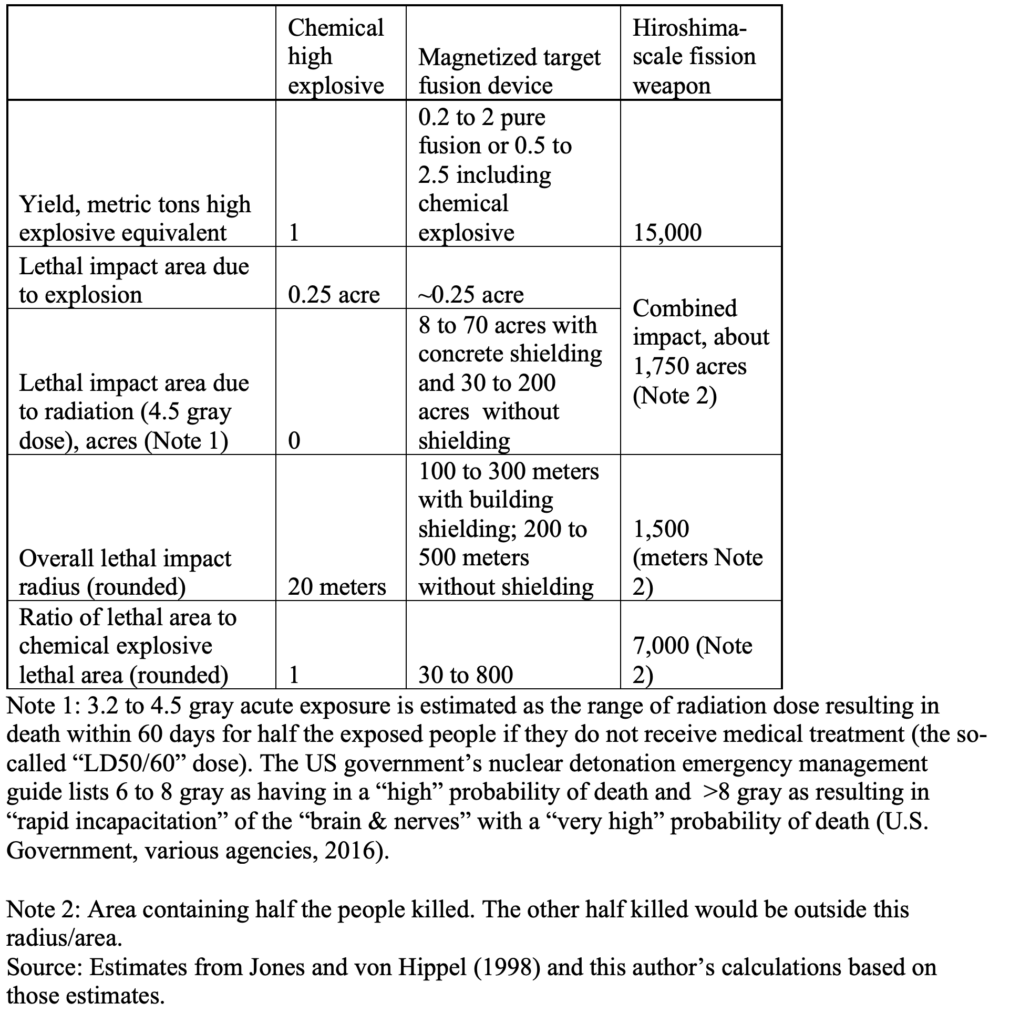
Table 1 (above) shows that the lethal impact area of a pure fusion bomb could be 30 to 800 times that of a chemical explosive of comparable explosive power. Almost all the greater impact would come from the neutron radiation. Furthermore, while many of the people with a 4.5 gray dose would survive, especially if given intensive medical care, Table 1 also understates the overall radiation impact. People over an area many times that shown would receive doses of radiation that would significantly increase risk of ill-health, including cancer, neurological damage to children of people who happen to be pregnant at the time of the detonation, and possibly heart disease and strokes as well (BEIR 2006).
The prospects that such a weapon could be fashioned are uncertain, but the achievement of ignition at the National Ignition Facility has significantly improved them. Were it built, it could have potentially a wide range of military applications as a neutron bomb.
Millions of Europeans opposed the deployment of the “neutron bombs” of the 1980s because they feared they were designed to kill people while keeping buildings intact. Nikita Khruschev colorfully said of the neutron bomb that it was designed “on the principle of robbers wanting to kill a man in such a way that his suit will not be stained with blood, in order to appropriate the suit” (Biddle 1981). Europeans rightly feared that neutron bombs were more likely to be used in Europe in response to a theoretical attack by the Soviets with their putative overwhelming superiority in conventional forces.
The truth about the 1980s “neutron bombs” was more complex. More of their energy was in neutrons, but at one kiloton, they were comparable to—or larger than—some other tactical nuclear weapons. Forty percent of their explosive power was (reportedly) due to the fission trigger (Sublette 2023). However, high explosive power and fission product fallout were still restraining influences on military use, especially in Allied countries.
There would be no such barriers with small pure fusion bombs. A hundred one-ton pure fusion bombs, totaling less than one percent of the explosive power of the Hiroshima bomb, used on non-overlapping targets, would have a neutron radiation lethal area comparable to or greater than the Hiroshima bomb. The blast damage would be far smaller; there would be no fission-product fallout. The “nuclear taboo,” such as it is, may well vanish with the advent pure fusion bombs.
Are they explosions?
The official silence on the matter of pure fusion weapons since the achievement of ignition in December 2022 has been matched by the lack of attention to the consequences for the integrity of the Comprehensive Test Ban Treaty. At 3.15 megajoules, the fusion output was equivalent to releasing the energy in three sticks of dynamite in a fraction of a nanosecond—an explosion by any stretch of the technical imagination. It was about four million times larger than the energy that would be released in the 23 billion fissions in a subcritical fission test discussed by Los Alamos (calculated by the author from Funk, 2019). John Nuckolls, who was at the center of the inertial confinement fusion program, had no hesitation in calling an inertial confinement laser fusion event with one megajoule of laser energy input and “less than” one milligram of DT fuel an “explosion” (Nuckolls 1998).
Regarding this problem, the Comprehensive Test Ban Treaty is clear (CTBTO 2022). The first paragraph of Article I of the treaty states: “Each State Party undertakes not to carry out any nuclear weapon test explosion or any other nuclear explosion, and to prohibit and prevent any such nuclear explosion at any place under its jurisdiction or control.” There are no exceptions.
Yet the diplomatic history of inertial confinement fusion is murky. The demands of the Global South (among others) for a comprehensive test ban grew more intense in the mid-1990s, since the Nuclear Non-Proliferation Treaty was due to expire in 1995 unless extended by states parties; a permanent extension was achieved in May 1995. On August 11, 1995, President Clinton announced a US commitment to seek a “zero-yield” test ban—relying, among other things, on the Stockpile Stewardship Program to “meet the challenge of maintaining our nuclear deterrent” (Clinton 1995).
In 1999, Sen. Tom Harkin (D-Iowa) sent a series of questions to the US Energy Department seeking clarification on whether there would be any limit to the explosions at the National Ignition Facility. The Department avoided an answer by stating that “NIF experiments are not considered nuclear explosions” and that “the large size of the facilities required to achieve inertial confinement fusion rules out weaponization” (Harkin-US Energy Department 1999).
However, the inability to weaponize a device does not create an exception to the ban on nuclear explosions. The test ban treaty concerns itself only with nuclear explosions, without exception and without reference to any device, weaponizable or not. The problem has long been recognized, with calls for clarifying the treaty in regard to fusion events and recommendations for restraint. Jones and von Hippel (1998) called for a two-part “interim” restraint until the issues relating to pure fusion weapons are formally clarified:
- no more than about 1014 neutrons (100 trillion neutrons) per fusion shot; and
- “a ban on the use of tritium”.
The limit of 1014 neutrons for high-explosive-triggered fusion shots reflected the state of the art in 1998, but it is about 11,000 times smaller than the 2022 Livermore ignition. The reality has made restraints on explosive fusion experiments more complex though they are more urgently needed now.
Related fusion matters
There are a number of other potential intersections between fusion research and weapons development. Andrei Sakharov had already proposed in the early 1950s that uranium 233 and plutonium 239, both usable for fission weapons, could be produced using neutrons from fusion reactions (including from magnetic confinement devices like tokamaks) to irradiate non-fissile thorium 232 and uranium 238, respectively (Sakharov 1992). There are large number of magnetic confinement energy projects being pursued around the world. The International Atomic Energy Agency has noted this issue, stating that such activities “might become subject to IAEA safeguards” (IAEA 2023); no such safeguards agreements are in place yet. Tritium production safeguards would also be prudent.
Fusion weapons and fusion power have been intimately intertwined ever since the world reacted with revulsion at the near-lethal levels of fallout from the 1954 Bravo thermonuclear test. Pure fusion explosions that would be two orders of magnitude smaller than the Hiroshima bomb were part of the weapon establishment’s answer (the “hectoton” group, mentioned above). But achieving a gain greater than one proved extremely difficult. Crossing that threshold using laser fusion on December 5, 2022 brought issues of pure fusion weapons and explosions out of the nuclear shadows.
At a time when unprecedented amounts of money are flowing into fusion energy, and the Doomsday Clock is closer to midnight than ever, an unequivocal commitment to not develop pure fusion weapons is urgent and essential. So are limits on fusion research involving ignition to protect the integrity of the test ban treaty.
Together, we make the world safer.
The Bulletin elevates expert voices above the noise. But as an independent nonprofit organization, our operations depend on the support of readers like you. Help us continue to deliver quality journalism that holds leaders accountable. Your support of our work at any level is important. In return, we promise our coverage will be understandable, influential, vigilant, solution-oriented, and fair-minded. Together we can make a difference.
Keywords: CTBT, National Ignition Facility, Nuclear Fusion Energy, energy, hydrogen bomb, nuclear weapons
Topics: Nuclear Energy, Nuclear Risk, Nuclear Weapons

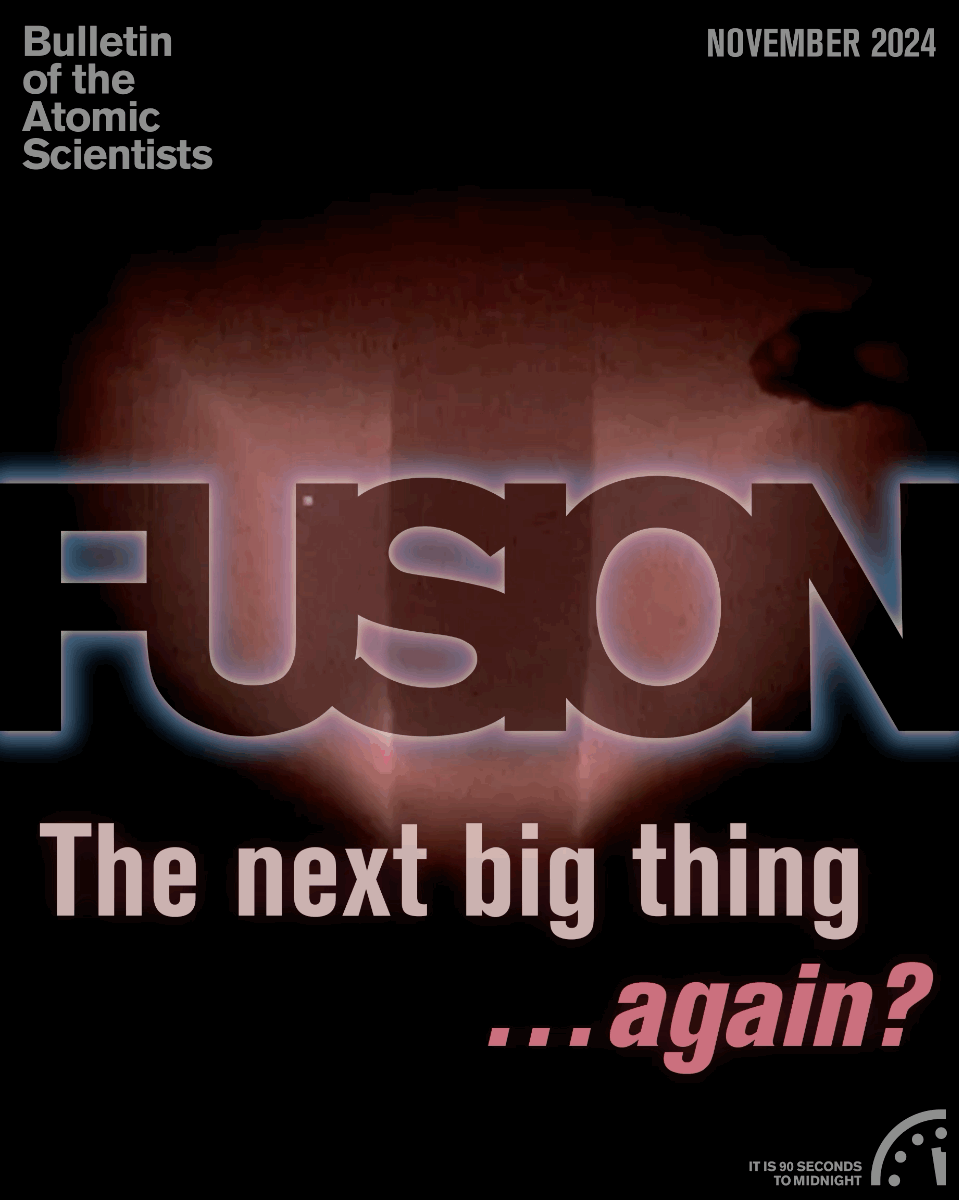
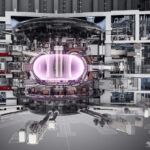
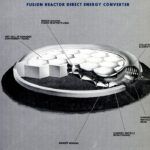
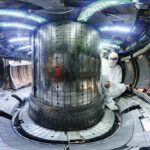

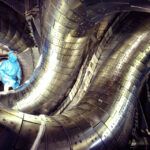
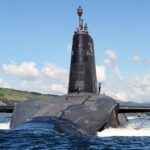
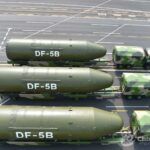
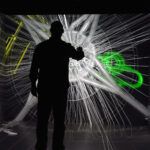

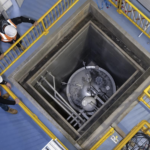

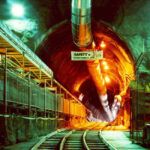








Makhijani accuses the nuclear weapons labs of semi-secretly pursuing, or at least thinking about pure-fusion weapons. Yes, of course they are, and that activity is not secret. A pure-fusion weapon is undoubtedly a perpetual background objective of nuclear weapons labs worldwide. And why shouldn’t it be? They would be derelict in duty to their sponsors if they did not consider such possibilities. In any case a practical pure fusion weapon is not likely to come out of laser-driven fusion. It’s more likely to be developed with chemical high explosives, as postulated by Jones & von Hippel. So why not demand that all experimental work on chemical… Read more »
Or, how about removing War from the human tool kit entirely? Or perhaps there is no civilization on this small blue planet…
Ultra-small fusion weapons would have little or no practical advantages over conventional explosives. (See my previous comment.) The real concern of developing small fusion explosions is that if they become feasible to implement without fission primaries, then so will larger fusion explosives in the kiloton and megaton range. The essential ingredients are tritium and deuterium. If a fission primary is unnecessary, then tritium must be given the same safeguards status that Pu and HEU enjoy today. Even in today’s nuclear weapons, tritium in effect has the same importance as Pu or HEU, because virtually every weapon of all 9 nuclear powers is dependent… Read more »
Not mentioned is the fact that many of today’s thermonuclear weapons are three-staged devices. Much of their energy yield is derive from their fission third stage which also makes them extremely dirty due to the large quantities of radioactive fission products that result from their detonation. The secondary fusion stage is employed to generate neutrons that aid in the fission of a uranium shell. As I see it the quest for a pure fusion nuclear explosive has been driven more by a desire to justify the work in the face of public opposition.